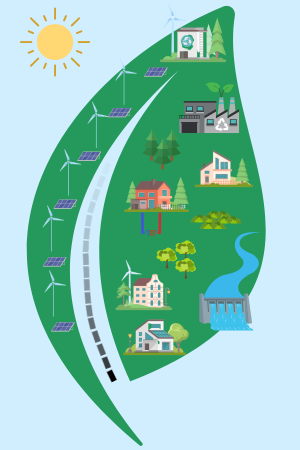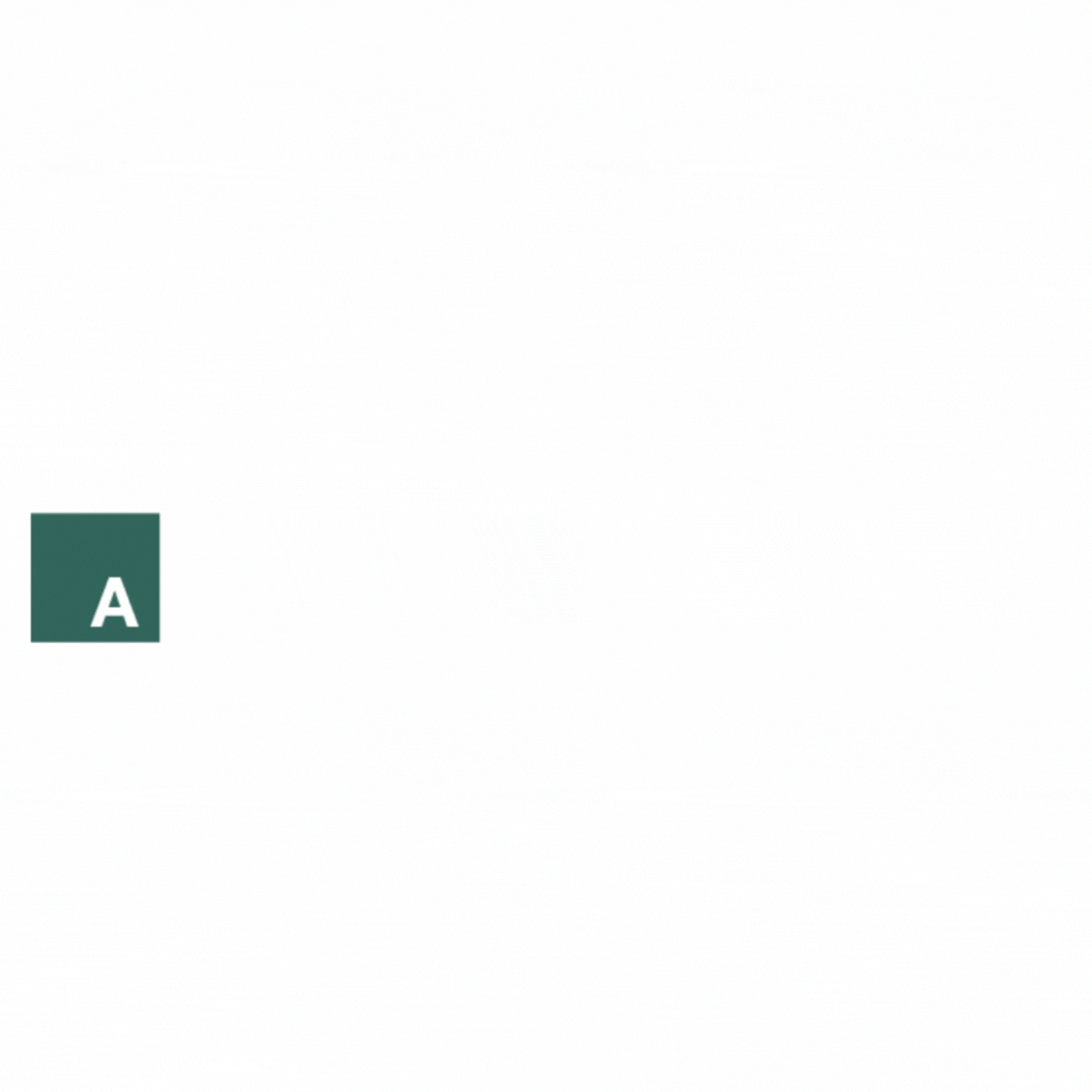
WIND TURBINES
Making power is a breeze
PRODUCE ENERGY
In a world where traditional energy resources are dwindling, and climate change looms large, a growing number of homeowners are turning to renewable energy sources to power their homes.
One such source, gaining significant popularity due to its sustainability and cost-effectiveness, is wind power.
Wind power for the home is not a novel concept; however, its adoption at the individual household level has been somewhat recent.
WIND TURBINES
From rural areas to urban households, wind energy offers an eco-friendly solution that helps reduce reliance on non-renewable energy and decrease utility bills.
A home-based wind power system typically involves installing a small wind turbine on the property.
Wind turbines operate on a simple principle. The energy in the wind turns the turbine's blades around a rotor, which spins a generator to create electricity.
Wind generated power can be used immediately, stored in batteries for later use, or in some cases, even sold back to the grid.
There are several advantages to harnessing wind power at home. The most obvious is the reduction in energy costs. Although the initial setup cost of a wind turbine can be significant, over time, the system pays for itself through savings on electricity bills.
Secondly, wind is a clean, renewable energy source, which means it doesn't produce harmful emissions or contribute to global warming like fossil fuels do. By utilizing wind power, homeowners are playing an active role in preserving the environment and reducing their carbon footprint.
Thirdly, for those living in remote areas where grid access can be a challenge, a home wind turbine can be a practical and reliable solution for electricity generation. Moreover, the energy independence it offers safeguards you against potential power outages and fluctuations in energy costs.
However, home wind power isn't a feasible option for everyone. Wind turbines need to be installed in an area with an average wind speed of at least 10 miles per hour. For optimal results, the turbine should also be mounted high enough to avoid obstructions like trees or other buildings, which may not be possible in densely populated urban areas.
Furthermore, local regulations may limit the size or height of residential wind turbines, or in some cases, disallow them entirely. Therefore, it's essential to research local codes and regulations before investing in a home wind power system.
As technology improves, smaller, more efficient wind turbines are being developed, making wind power a more accessible option for the average homeowner. Various incentives and rebates are also available in many regions to encourage homeowners to adopt this renewable energy source.
Wind power for the home is a step towards sustainable living and energy independence. It symbolizes a shift in how we generate and consume energy, putting the power of sustainability literally in the hands of individuals. While it's not a one-size-fits-all solution, it provides another avenue to explore as we strive for a greener, more sustainable future. As with any investment, it requires careful consideration, but for those who can harness it, wind power offers an environmentally friendly and economically sound energy alternative.
Assessment
Our professionals will conduct a thorough assessment of your property.
They will consider the wind resource, potential obstacles, ideal turbine location, and the best type of turbine for your situation.
They will consider the potential impact on neighbours, wildlife, and the environment. Some areas may require an environmental impact assessment.
Installation
Based on your site assessment and energy needs, we will help you select the appropriate wind turbine.
The installer will construct a tower, mount the turbine, and set up the electrical system, including an inverter if you're connecting to the grid.
The complexity of this process can vary widely depending on the turbine type and site specifics.
Inspection
After installation, the system will need to be inspected to ensure it complies with local regulations and safety standards.
Our installers will test the system under various conditions to ensure it functions properly.
Wind turbines require regular maintenance to remain efficient and operational.

